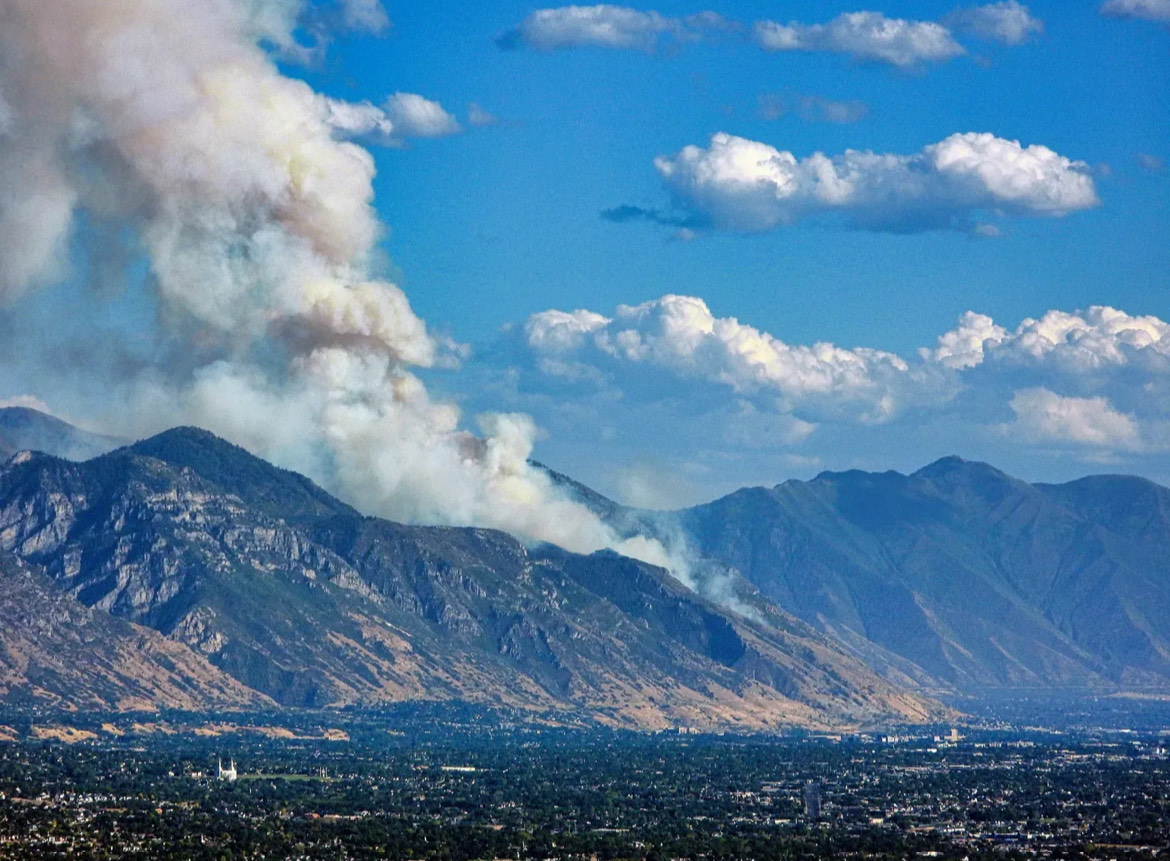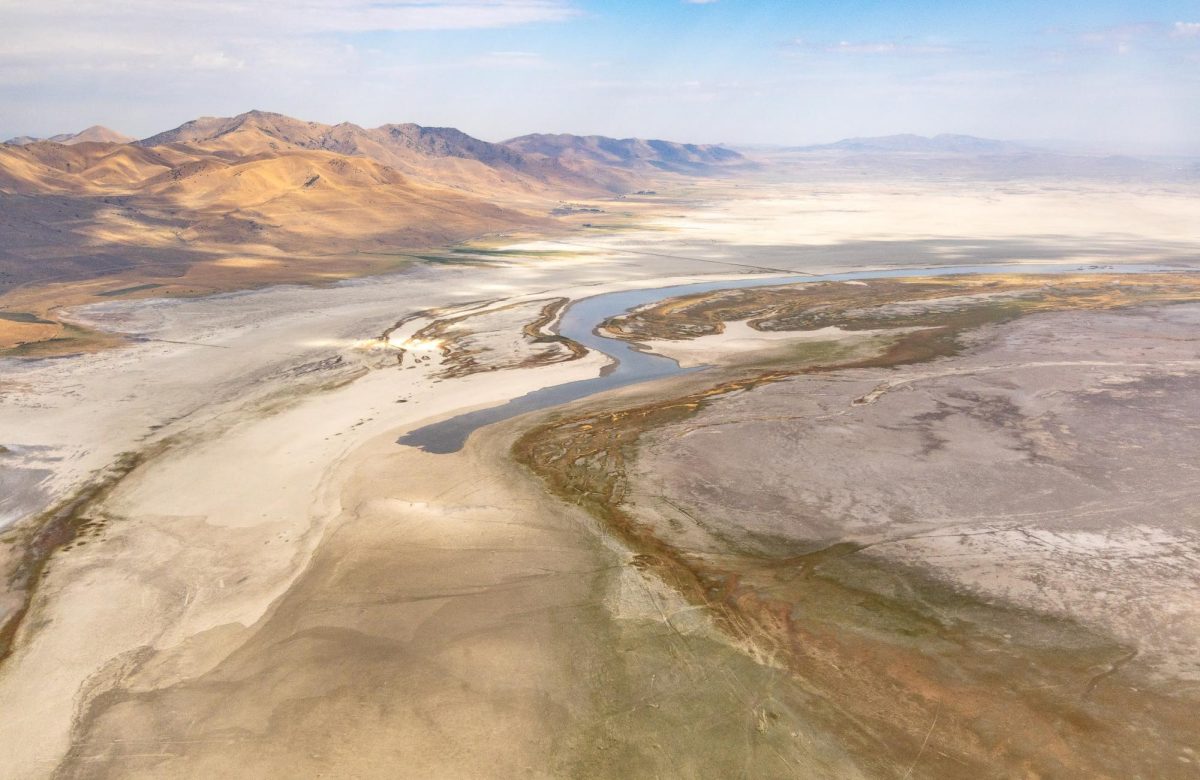On Saturday, August 17, a wildfire started in Buckley Draw, quickly consuming 400 acres of dry grass and brush. That’s around 528 football fields! The huge black clouds could be seen for miles. While the cause of the fire remains under investigation, officials confirmed that no evacuations were necessary. By Sunday, cooler temperatures helped prevent the fire from spreading even more.
When a disaster strikes, our first reaction might be to immediately control it. However, we have learned from experience that wildfires are an important part of a healthy forest ecosystem. Many native plants and trees, such as the aspen, depend on fire to clear out undergrowth and create the conditions needed for new growth. In a National Geographic article titled “The Ecological Benefits of Fire,” it explains how “ecosystems benefit from periodic fires because they clear out dead organic material.” This describes how as dead plants build up on the ground, it could prevent organisms in the soil from getting nutrients.
Although wildfires can be good, effects of climate change have made wildfires hotter and more extensive, often turning into megafires. These megafires can overwhelm communities, destroy property (in this local case, the fire created a mudslide and damaged a church) and also create dangerous air pollution. While prescribed burning can help reduce the risk of megafires, they are not a complete solution. The increasing frequency and intensity of these fires show the complex relationship between nature, the climate, and human intervention. As global warming gets worse and worse, adapting strategies for managing wildfires becomes more important than ever.











